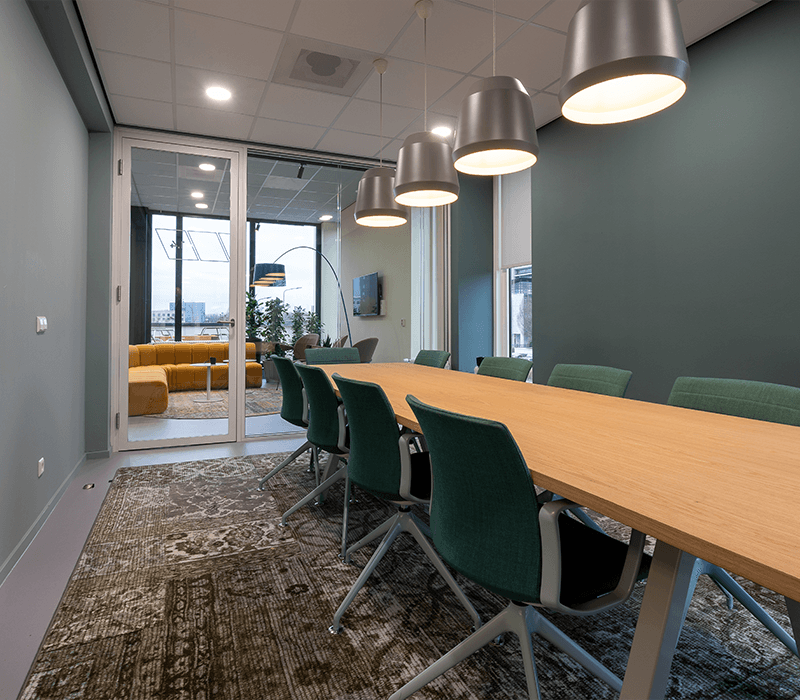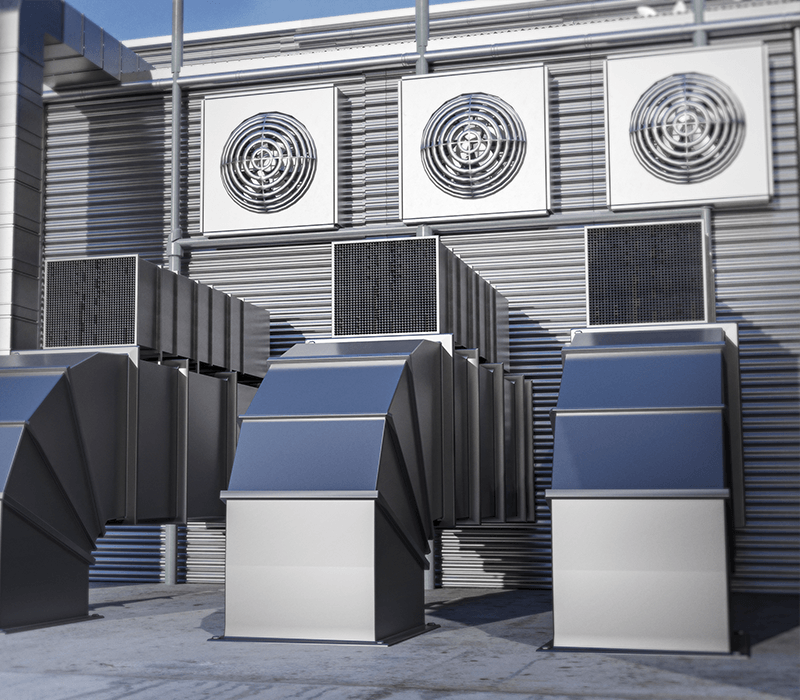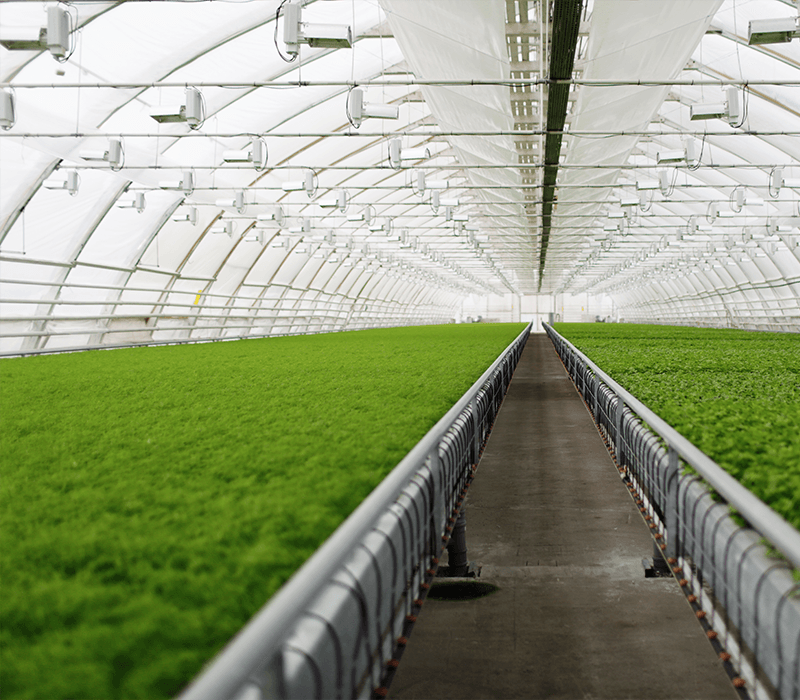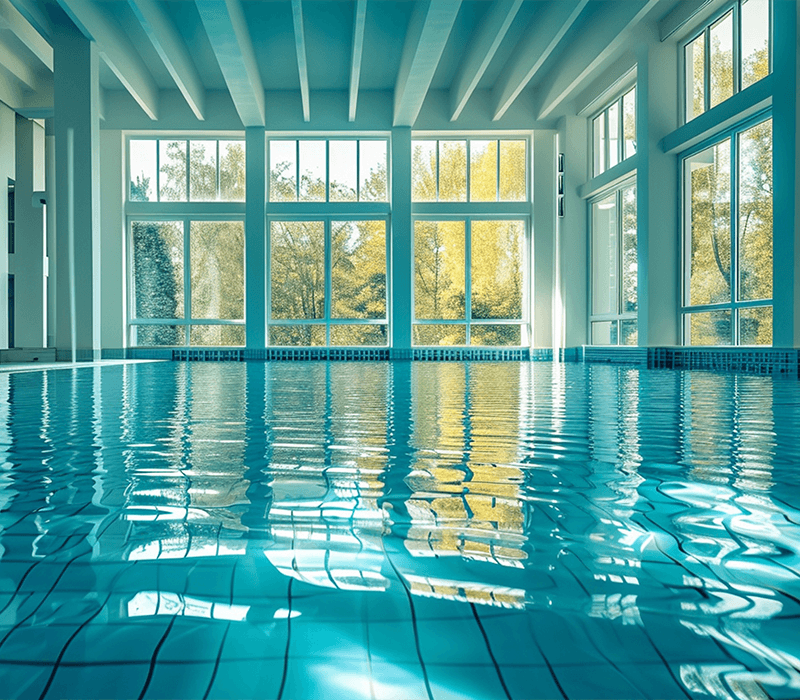- % SALE %
- Temperature
- Humidity
- Pressure
- Light Intensity & Motion
- Air Quality & Flow
- Modbus | Wireless Modbus
- PowerIO®
- EtherCAT P
- Accessory
Humidity transmitters
Our HYGRASGARD® humidity sensors for indoor and outdoor use measure the relative humidity as well as the temperature of the ambient air. From these measured variables, the sensor device calculates various values: relative humidity [% r.h.], absolute humidity [g/m³], mixing ratio [g/kg], dew point temperature [°C], enthalpy [kJ/kg] and room temperature [°C].Find out more about humidity transmitter
What types of humidity sensors are there and where are they used?
Humidity sensors/transmitters have a wide range of possible applications:
- Room humidity sensors are used as surface-mounted or flush-mounted devices to monitor humidity levels in indoor spaces such as offices, hotels or conference rooms
- In outdoor areas, they are often used in combination with temperature sensors – to protect buildings from moisture damage
- You can easily monitor high rooms (e.g. greenhouses, galleries or museums) using pendulum or flush-mounted humidity sensors (for installation in false ceilings)
- Duct humidity sensors are designed for the precise measurement of humidity (and temperature) in air ducts or fans, e.g. in refrigeration, air conditioning, ventilation or clean room technology
Content

Room humidity %RH sensors: well-being and performance
Whether in offices, conference centres, schools or hotels - a pleasant room climate contributes significantly to well-being and performance.
The optimum room humidity is 50 %. This value is also stipulated in the Workplace Ordinance, for example. The employer is obliged to take countermeasures if the value is significantly higher or lower.
If you want to improve the indoor air, it therefore makes sense to check the humidity regularly. This allows you to take targeted measures at an early stage to maintain optimum humidity levels in the room.
Room humidity sensors reliably measure the humidity and air temperature in the room. Some devices also make it possible to analyse the air quality (CO2, VOC PM). In this way, humidity transmitters support energy-saving and needs-orientated room ventilation.

Duct humidity %RH sensors: health protection and prevention of mould growth
Duct humidity sensors - just like room humidity sensors - reliably measure the humidity of the supply or extract air in air ducts. Because air that is too humid or too dry has a direct impact on health, dry air also dries out people's mucous membranes and thus favours infectious diseases. This is often the case in winter. In summer, humid air in particular offers pathogens an ideal environment. It also favours the growth of mould - which in turn is dangerous for both people and the building fabric.
It is therefore particularly important to regularly check the humidity in ventilation ducts and to take appropriate measures in the event of deviations from the target value tolerance.

Pendulum humidity %RH sensor: Ideal conditions for sensitive plants
Most of our crops and vegetable plants are grown in greenhouses. During the growth phase, the plants need special temperatures and humidity to grow optimally. In greenhouses and botanical greenhouses, however, it is often not easy to keep an eye on and therefore control the temperature and humidity at all levels.
In high glass buildings in particular, it therefore makes sense to monitor humidity and temperature with pendulum transmitters below the ceiling or hanging freely in the room. This is the only way to maintain the optimum humidity/temperature and adapt it to the needs of the respective plant species. While tropical plants can tolerate humidity levels of up to 100 %, native plants or vegetables would die or be attacked by diseases.

On-wall humidity %RH sensors: humidity protection in demanding environments
On-wall humidity sensors are particularly suitable for applications with very high humidity levels of 90% or more. Such high humidity - often in combination with very high or very low temperatures - can be found outdoors, in laboratories or cold rooms as well as in swimming pools and the like.
This humidity can lead to damage to the building fabric, mould growth and associated health risks both outdoors (e.g. in underground garages, cellars or stables) and indoors under extreme conditions (sports halls, swimming pools, communal showers, etc.). It is therefore advisable to keep an eye on humidity levels and to take countermeasures in good time if limit values are exceeded.
What are the advantages of combined temperature and humidity measuring devices?
The interplay between temperature and humidity has a twofold effect on our well-being:
On the one hand, high indoor humidity poses a risk to the fabric of the building due to mould growth. Particularly in cold rooms, such as factory halls, warehouses or cellars, moisture condenses on the walls and thus promotes mould growth. Insufficient ventilation and incorrect heating can also lead to mould growth. The effects range from damage to individual building components and the infestation of objects to health problems for the occupants.
On the one hand, high indoor humidity poses a risk to the fabric of the building due to mould growth. Particularly in cold rooms, such as factory halls, warehouses or cellars, moisture condenses on the walls and thus promotes mould growth. Insufficient ventilation and incorrect heating can also lead to mould growth. The effects range from damage to individual building components and the infestation of objects to health problems for the occupants.
On the other hand, humidity has an impact on our personal well-being, especially in summer temperatures: If the humidity is high, a greenhouse effect is quickly created and people feel uncomfortable. On the other hand, if the indoor humidity is too low, this can quickly have health consequences, as mucous membranes and respiratory tracts suffer.
It is therefore worth keeping an eye on both factors at all times. Sensors for measuring temperature and humidity from S+S help you to do this. Take a look at our humidity sensors / humidity transmitters.
It is therefore worth keeping an eye on both factors at all times. Sensors for measuring temperature and humidity from S+S help you to do this. Take a look at our humidity sensors / humidity transmitters.
What values/characteristics does a room operating unit record for humidity and temperature?
A room temperature sensor / humidity sensor measures the relative humidity and temperature of the room air. The humidity transmitter calculates various values from these measured variables. The following parameters, for example, can be queried via the Modbus interface: relative humidity [% r.H.], absolute humidity [g/m³], mixing ratio [g/kg], dew point temperature [°C], enthalpy [kJ/kg] and room temperature [°C].

Quality products – Made in Germany!
Your demands are our motivation: We develop and manufacture our humidity sensors directly at S+S in Nuremberg and guarantee the highest quality for trouble-free operation and a long product life. Our stock items are usually dispatched by DHL within 1-2 working days.
Order humidity sensors online at SplusS.de – quick and easy
In our online shop you will find humidity sensors, humidity transmitters and temperature combination devices for almost every application. The convenient navigation makes it easy for you to find the device you are looking for.
Do you have any questions about the product? Our service team is always available by phone or email to help you navigate and shop online. Find the right humidity sensor for your application today!

